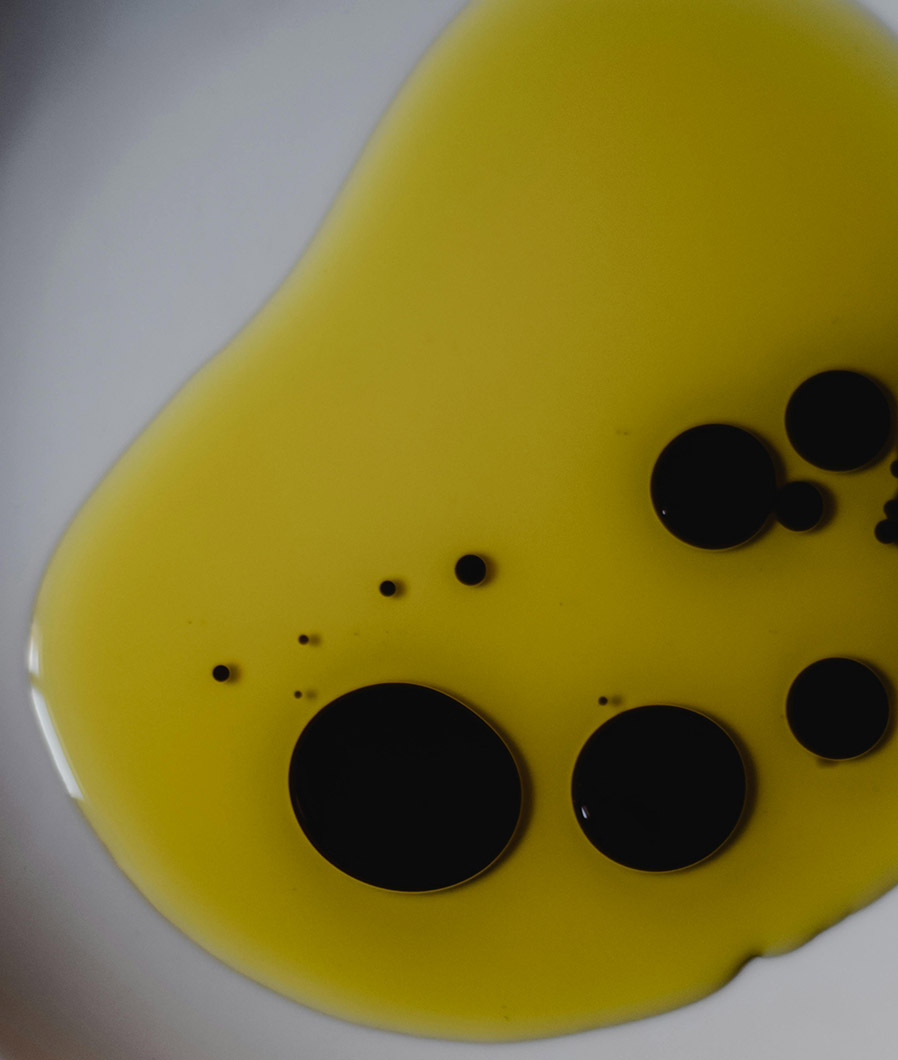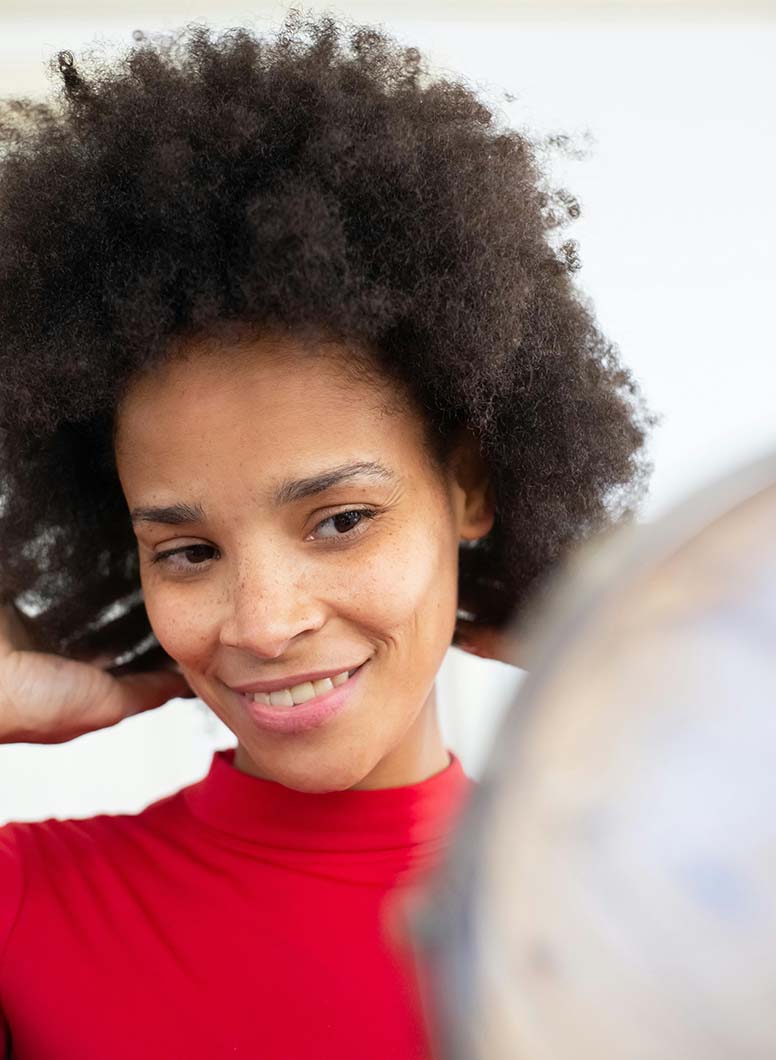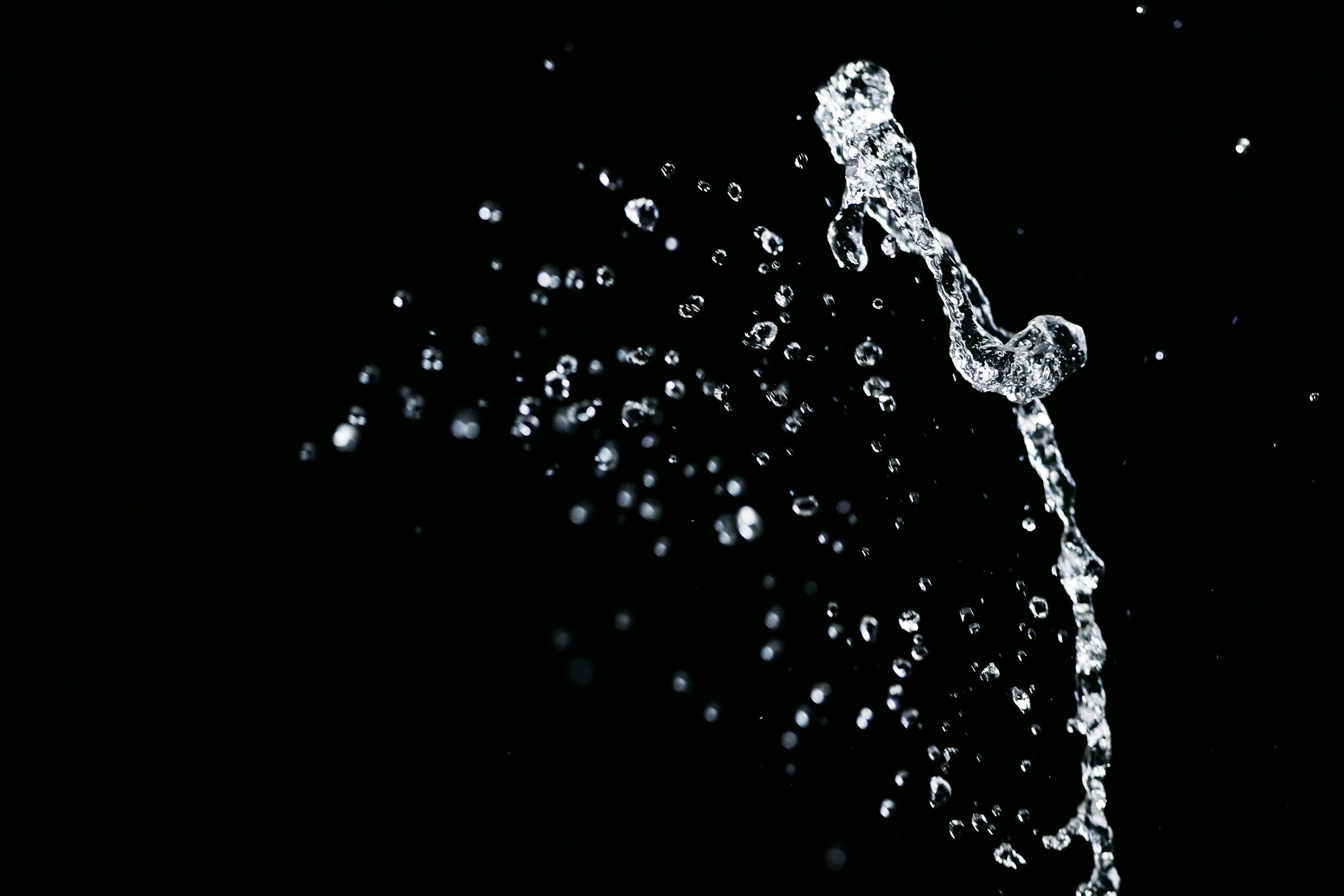Oily Scalp: Why You Have It & How to Treat It
An oily scalp can be a major stumbling block to any healthy hair goals.
The good news is that once you understand what is causing it, it is easily treatable. We will be discussing all things oily scalp and all the ways you can manage this condition.
Let’s dive in:-
*Pssst, read up on our flagship article on the important connection between Healthy Hair & Your Scalp.
How Having an Oily Scalp Impacts Hair Growth
An oily scalp is detrimental for hair growth for the following reasons:-
🌺 It prevents new hair growth: This is because the hair follicles are clogged with excess oil, dirt and dead skin that blocks any re-growth.
🌺 It causes thinning hair: This is due to the inflammation caused by excess oil affecting the number of hair follicles that grow, resulting in less dense hair growth.
🌺 It weights hair down: An oily scalp gives hair a flat, greasy look that lacks body, sheen and lustre.
What Causes an Oily Scalp?
 An oily scalp happens for one or more of the following reasons:-
An oily scalp happens for one or more of the following reasons:-
• Genetics: Depending on your genes, your sebaceous glands may naturally produce more oil.
• Medical conditions: Certain medical conditions that affect your hormones cause an increase in sebum production, which leads to an oily scalp.
• Hormones: Hormonal imbalances due to puberty, menopause or pregnancy can cause the glands to produce excess oil.
• Stress: Hormonal imbalance due to stress can lead to your glands producing excess oil.
• Washing hair too much: Washing your hair too often can lead to an oily scalp. This is because your scalp gets irritated, causing your glands to work overtime to replenish them.
• Not washing your hair regularly: Failing to regularly cleanse your scalp can lead to an oil build up and thus, an oily scalp.
• Weather: In winter, your glands may produce more oil to compensate for the dry air and your indoor heating.
What are the symptoms of an Oily Scalp?
An oily scalp has the following symptoms:-
• Dandruff due to excess oil on the scalp. The dandruff flakes from an oily scalp are usually larger and feel greasier to touch.
• Your hair often feels greasy, without having added any oil, and you have to cleanse it regularly.
• The oil build-up causes your hair to have an unpleasant smell, after only a few days
Are you struggling with dandruff? Read up on everything you need to know about Dandruff and Natural Hair.
How to treat an oily scalp at home
A healthy scalp is the foundation for healthy hair. Just like the skin on your face suffers from acne due to oil build up, excess scalp oil can cause dandruff and also affect the overall health of your hair.
Here’s how to treat and manage an oily scalp:
1. Study your Hair
 Take the time to get to know how you hair behaves. Do not apply any external oil and observe how oily / greasy it feels after a few days of not cleansing it.
Take the time to get to know how you hair behaves. Do not apply any external oil and observe how oily / greasy it feels after a few days of not cleansing it.
Also audit your lifestyle. Are you washing your hair often or are you hardly washing it? This will give you a clue as to what is causing your glands to produce excess oil. Only once you know the reason can you begin to adjust your behaviour to avoid it happening again.
2. Wash your hair regularly
If you hardly wash your hair, get into the habit of washing your hair regularly and see how it reacts. Then get into a constant hair wash routine and stick to it. Also, avoid using harsh shampoos to avoid making the problem worse.
3. Reduce your wash days
Are you washing your hair too often? Do you vigorously scrub your scalp and use a lot of shampoo?
If this is so, then you need to scale down your wash days, as well as be gentler with your hair. Also invest in a shampoo that is gentle on your scalp.
4. Use an ACV Rinse after wash
This is a good hair habit to get into and helps restore the PH of your scalp. Rinse your scalp with an ACV rinse of 1:1 water and apple cider vinegar, massage into your scalp for a few minutes and then rinse off.
5. Wash your hair with lukewarm to cool water
 Wash your hair with lukewarm to cool water, and avoid using hot water to wash your hair. Constantly using hot water can strip your hair of its natural oils, causing your glands to produce excess oil to compensate for this.
Wash your hair with lukewarm to cool water, and avoid using hot water to wash your hair. Constantly using hot water can strip your hair of its natural oils, causing your glands to produce excess oil to compensate for this.
6. Rinse your hair properly
Make sure that you rinse all the product out of your hair during wash day, to properly remove any build-up.
7. Use products made for oily hair
Make sure that you use products specifically made for oily scalp, as this will properly address your scalp issues. These are usually clarifying shampoos that are specially formulated to lift the oil, and remove any excess build-up.
8. Make your own DIY remedies.
There are a host of DIY remedies that are not only effective for managing an oily scalp, but are cheap and easy to make.
This will help you get a better handle of what works for your hair, and organic, home made remedies are usually gentler on your scalp.
Want to sort out your itchy scalp? Try our Home Remedies for a Dry & Itchy Scalp.
When to see a dermatologist?
You should see a medical professional when your condition has not responded to the home-made remedies.
An untreated oily scalp can lead to scaly patches, red spots on scalp and excessive dandruff, which if left untreated, can lead to infections.
A medical professional will be able to diagnose your condition, and give tailored treatment to manage it.
Have you or a loved one dealt with an oily scalp? How did you treat it? Did you use any of our suggested remedies? Sound off in the comments and let us know your experience.
And until the next time, beautiful ladies, happy naturaling!

